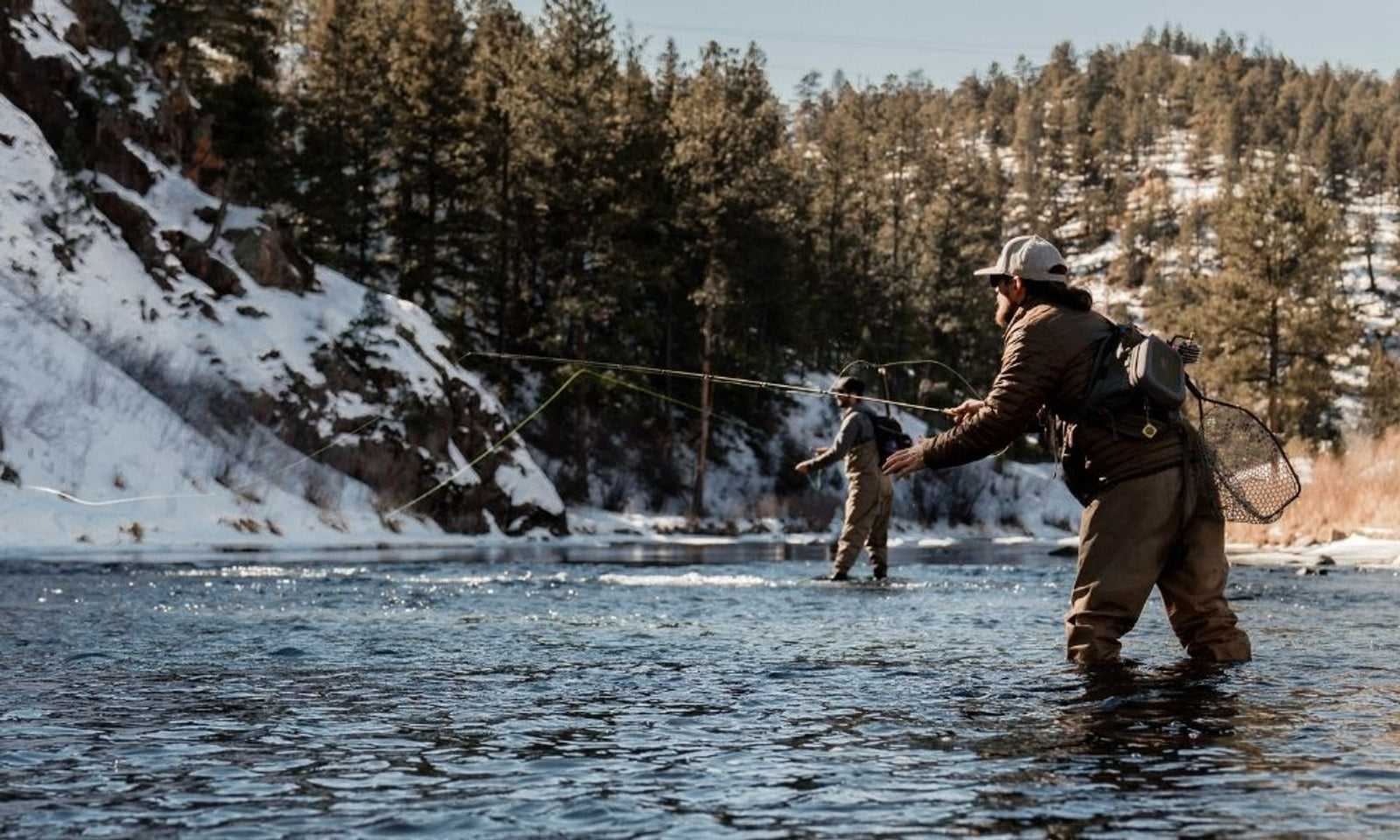When You Should Use a Wet Fly vs. a Dry Fly

The goal of any fishing venture is to reel in as many fish as you possibly can. Two flies assist in your efforts: a wet and dry fly. They both get their name for rather obvious reasons, considering that a dry fly floats on the water, whereas a wet fly sinks beneath the surface. However, do you know when you should use a wet fly vs. a dry fly? Let us guide you.
What's a Dry Fly?
Have you ever noticed that insects hover above the water at a river or lake? If so, then you know what the dry fly is trying to emulate. Being able to simulate organic life on the water's surface is what makes a dry fly so enticing to the fish down below.
Dry flies may not look exactly like bugs in your tackle box, but the shadow they cast is what matters. Trout gets excited when a dry fly is present because they hunt for morsels to scrounge off the surface. A dry fly needs to stay afloat to work its magic, which is why it will usually come with a hackle attached. Plus, it needs to be smaller in stature because even fish will be suspicious if something looks out of place, such as a three-inch-long insect.
What's a Wet Fly?
A wet fly is a jack-of-all-trades lure because it can imitate several lifeforms, including worms, snails, crayfish, and tiny fish. These flies have larger hooks so that they can sink to the depths you desire. Fish can see these under the water and expect a scrumptious meal, although it's just an invitation for them to come ashore.
When Should I Use a Dry Fly?
Now that you have a basic understanding of the two types of flies, let us educate you on when you should head to your favorite spot with a dry fly:
- Sunrise and sunset: It can be problematic if the sun shines brightly and reflects on the water's surface. If the fish can't see your dry fly, they won't entertain it.
- Cloudy days: Using the same logic of a pesky sun, you're better off going on an overcast day. Trout and other species are like vampires of the water, avoiding the light at all costs.
- Summer: Flies tend to hover above the water more during the summer months, so your dry fly won’t look out of place in that part of the year.
When Should I Use a Wet Fly?
In some instances, using a wet fly is more advantageous. Take your wet fly out if you’re experiencing these circumstances:
- Bright afternoons: Fish have no qualms looking for food beneath the surface, so sunlight doesn't affect the effectiveness of wet flies.
- Windy days: The lighter the fly, the harder it is to cast. A wet fly is heavier and works supremely well with a heavier line.
- Winter: Most fish conserve their energy come wintertime, only poking their heads out when hungry. However, if it looks like they have food right in front of them, they may shimmy their way toward it.
Now that you know when you should use a wet fly vs. a dry fly, you can see that you can plan on fishing all year long. Check out Ed's Fly Shop for these flies and other top-of-the-line materials to make your trip a successful one

